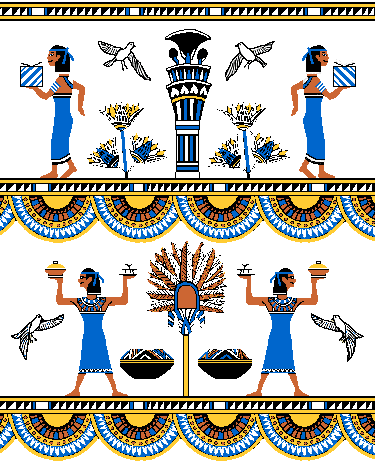
Contesting the Ground
of Asian- American
Literature
 |
Assaying the Gold: Or,
Contesting the Ground of Asian- American Literature |
In one of her major articles, "Assaying the Gold: Or, Contesting the Ground
of Asian-American Literature" Shirley Geok-lin Lim points out that the
subject of Asian American literature has shown a paradigm shift now that
Asian American identities are being articulated in their specificities
and in larger numbers. The ambiguous status of Asian-American identity
derived from the fact that all Asian-Americans, regardless of their national
origins, were brought in under the one umbrella category "Asian-American"
when in fact, often, they were mutually competing groups, hostile to each
other, a condition exacerbated by the State's treatment of them in granting
migrant status. The conferment of the status of more/most favored in this
regard depended upon the State's current relationship with the national
government of the particular group. The 1972-1975 collections of Asian
American stories demonstrated a "privileging of selected communities as
representing the totality of Asian American identity" (154), a privileging
symptomatic of the fact that identity depends on the historical relationship
to the American mainstream.
Lim points out that the critical task is to unpack the "different kinds
of immigration psychology" and what this entails in cultural experience
and writing. The present reality is the fact of involuntary and voluntary
migrancy fueled by the various socio-political upheavals in the home countries
and this situation may indeed give rise to contestations of assimilation.
The fraught nature of Asian-American migrants and the heterogeneity of
issues that arise can be complicated by the effects of collapsing that
multiplicity and heterogeneity into one category. Thus far these complexities
were repressed because of a succession of discriminatory laws passed against
the different groups at different times until the 1960s. And because of
that repression literary commentaries tend even now to read Asian-American
otherness in terms of a single that conflates all differences into one.
Nevertheless, the literature of the different Asian-Americans does show
up the fault lines in the very notion of this single category even as it
lays bare problems, tensions, and issues that obtain within particular
groups and across them. The literature, then, evinces
cultural specificity of the groups, or in other words, demonstrates that
the texts are ethnic specific, even though they have been read otherwise.
Right now the term Asian American is being destabilized quite rapidly as
the different Asian communities become more prolific in bringing their
stories out. If there is a common ground in these texts, it derives from
the fact that the writing makes a conscious departure from the stylistics
and themes in mainstream American literature as well as providing the space
to speak of the different ways in which Asian groups coped with the discriminatory
laws and practices mobilized against them. Lim sees this as a means of
"coalition building among Asian ethnic groups...with the goal of solidarity
rather than of achieving a hegemonic cultural paradigm" (164).
At the point of writing this project, however, we see in the specter of
the Los Angeles referendum--to be held in November 1996, when Asian Americans
are expected to vote against Affirmative Action , originally mobilized
to redress the special problems caused to the African-American community
because of the historical practices of slavery--a dubious force that may
make the Asian-Americans more interactive than they have been . Yet the
question occurs if such a bonding is wholesome given the conditions that
will initiate it. We expect that the literary artists will meet the challenge
of examining the implications of achieving solidarity at the cost of exacerbating
and reinforcing hostilities that have already erupted even as the status
quo reinvigorates the single category Asian-American against a category
of the population that has historically functioned as America's "other",
the African-American.

Home Autobiography Biography Picture Gallery Bibliography Malaysia Critiques Literary Works Acknowledgements